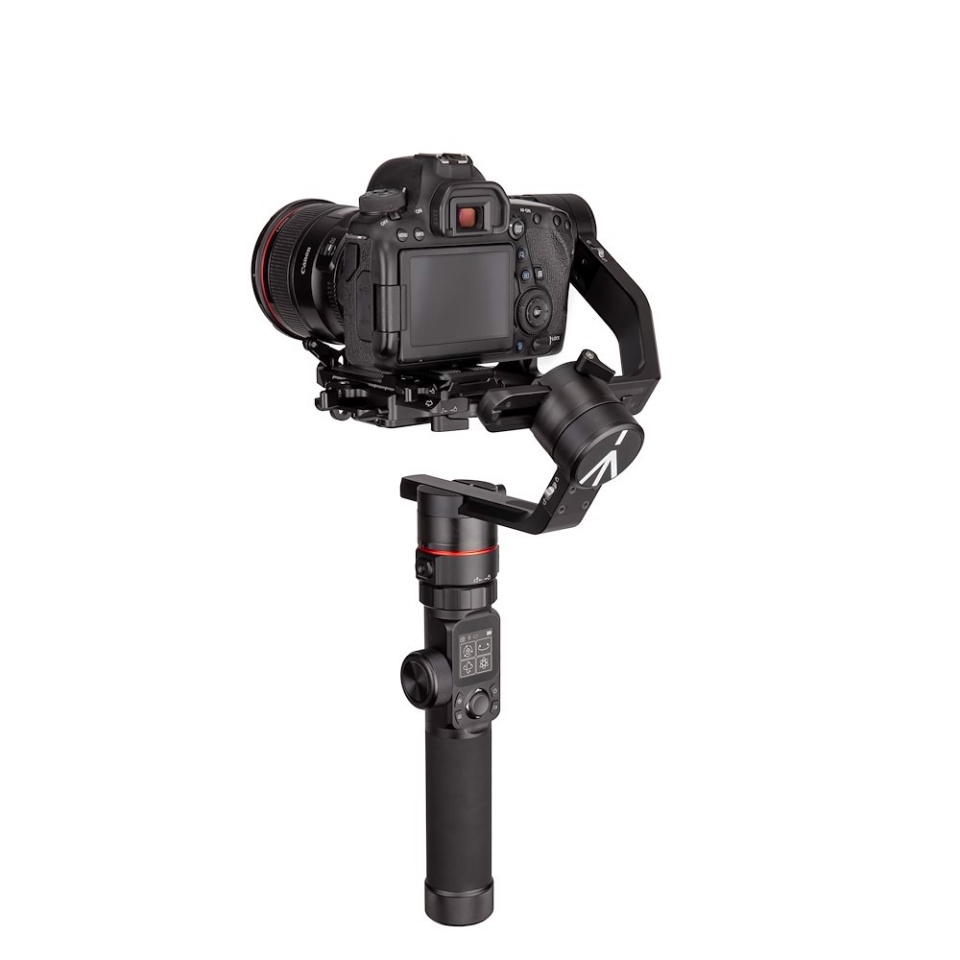Panning shots are a staple of professional videography, allowing you to create a smooth, fluid motion that draws your viewer’s eye across the scene. With the right technique and equipment, panning shots can make your videos look more polished and help you tell a more compelling story. In this article, we’ll share tips and tricks for mastering the art of panning with gimbles so you can create perfect video every time.

Choose a High-Quality Gimbal
Panning smoothly requires a stable, high-quality gimbal that can keep your camera steady, even when you’re moving it. Look for a gimbal with a high payload capacity that can support your camera and lens, as well as a strong motor that can handle the weight. A gimbal with multiple stabilization modes, such as follow mode or lock mode, can also help you achieve more precise movements and smoother pans.
Set the Right Settings on Your Camera
Before you start panning, make sure that your camera is set up for success. Set your camera’s shutter speed to a slower setting, typically around 1/50th of a second, to create a natural-looking motion blur when you pan. You can also adjust your ISO setting and aperture to balance exposure and depth of field, depending on the lighting and scene.
Balance Your Gimbal
A balanced gimbal is essential for smooth, stable panning, so take the time to balance your gimbal before you start recording. Make sure that the weight of your camera and lens is evenly distributed, and that the gimbal motors are calibrated correctly. Improper balancing can lead to unwanted movements and vibrations, ruining an otherwise great shot.
Practice Your Panning Technique
Panning with a gimbal requires a careful touch and practiced technique. Practice keeping your movements slow and steady, using your entire body to move the gimbal smoothly and fluidly. Keep your arms relaxed and use your core and legs to stabilize your movements, rather than relying on your wrist or arms alone. Experiment with different speeds and directions to find the right pace for your shot, and remember to keep your subject centered in the frame as much as possible.
Use a Tripod or Monopod for Lock-Off Shots
For lock-off shots, where you want to keep the camera in one place while panning across the scene, use a tripod or monopod to keep the camera steady. This can prevent unwanted camera movement and help you achieve a more polished, professional-looking shot. Use a level to ensure that your tripod or monopod is straight and adjust the height as needed to get the best angle for your shot.
Plan Your Shots Ahead of Time
To create truly compelling panning shots, take the time to plan your shots ahead of time. Consider the mood and message of your video and how your panning shots can help enhance that message. Think about the path you want your camera to take and how you can incorporate other camera movements, such as tilts or zooms, into your shots to create a more dynamic and engaging video.
Experiment with Different Settings and Techniques
Panning with a gimble is a true art form, so don’t be afraid to experiment with different settings and techniques to find the style that works best for you. Try adjusting your gimbal’s follow speed to create slower or faster movements, or experiment with different framing techniques to create more dynamic shots. Play with the focus on your camera to create a sense of depth and texture in your shots, or experiment with different lighting setups to create mood and atmosphere.
In conclusion, mastering the art of panning with gimbals takes practice, patience, and perseverance. But with the right technique and equipment, you can create stunning, captivating videos that leave a lasting impression on your viewers. With the tips and tricks outlined above, you’ll be well on your way to creating perfect panning shots that wow your audience and help you tell your story in just the right way.









